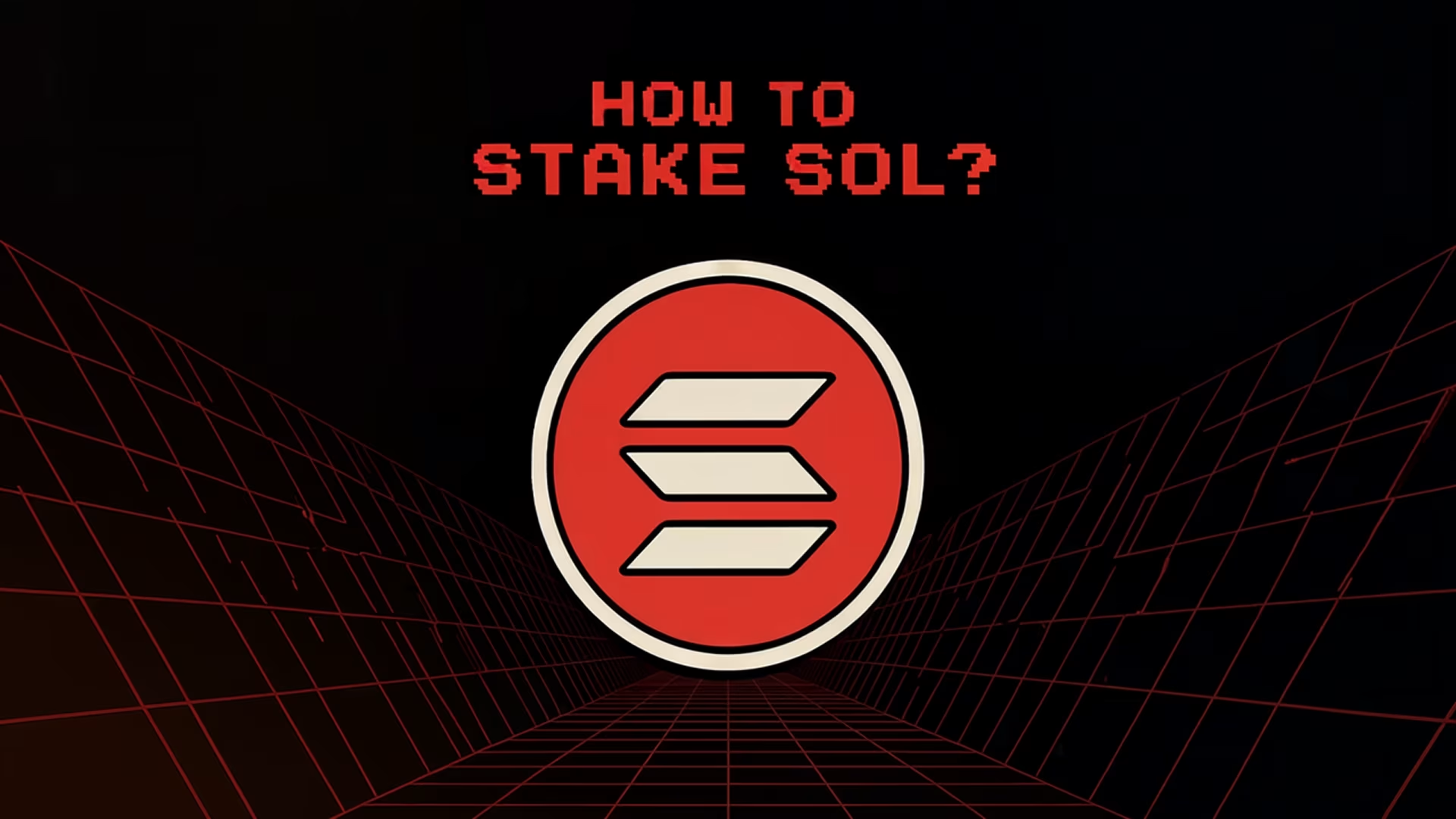What Is a Solana Epoch? Understanding How Solana’s Time System Works
Solana is known for its high-speed and low-cost blockchain infrastructure. One of the key elements behind its efficiency is a system called the epoch. Understanding how epochs work helps users, validators, and stakers make the most of the Solana network.
This article explains what a Solana epoch is, how long it lasts, why it matters for staking, and how you can track it in real time.
What Is an Epoch on Solana
A Solana epoch is a fixed period in which the network’s validators produce and confirm blocks before the next validator schedule begins.
It is Solana’s basic time unit for validator rotation, staking rewards, and network synchronization. Each epoch defines:
- Which validators are active during that period
- When staking rewards are calculated and distributed
- When new staking or unstaking actions take effect
In short, an epoch ensures the Solana blockchain operates efficiently and fairly by organizing validator activity into set time intervals.
How Long Is a Solana Epoch
A Solana epoch usually lasts about two to three days, depending on network performance. Each epoch includes roughly 432,000 slots, and every slot averages 400 to 500 milliseconds.
On average:
- Duration: around 2 to 3 days
- Slots per epoch: about 432,000
- Approximately 28 to 30 epochs occur each month
Why Epochs Matter
Epochs are a critical part of Solana’s design. They help the network maintain fairness, decentralization, and consistency in validator and staking operations.
At the end of each epoch, several important actions take place.
Validator Rotation
The validator leader schedule changes every epoch. This rotation ensures that block production responsibilities are shared evenly, preventing any validator from controlling the network for an extended time.
Staking Rewards
Staking rewards are continuously accrued during each epoch, and your stake account balance is automatically updated to include the earned rewards when the epoch ends. The rewards are instantly compounded into your stake for the next epoch, becoming part of your new staking principal.
Stake Activation and Deactivation
When you stake or unstake SOL, the change does not apply immediately. It becomes effective at the next epoch boundary. This rule ensures fairness and predictability in validator assignments and reward calculations.
How to Track Solana Epochs
You can track real-time epoch data using blockchain explorers. These tools show the current epoch, progress percentage, slot number, and estimated time remaining.
Monitoring epoch information is useful for stakers who want to know when their rewards will appear or when their stake will activate.
Frequently Asked Questions (FAQs)
When do staking rewards appear
Rewards are distributed automatically at the start of each new epoch. If you staked SOL in the middle of an epoch, your stake becomes active when the next epoch begins.
Can epoch length change over time
Yes. As the Solana network evolves and optimizes its performance, slot timing or validator schedules may adjust slightly, leading to small variations in epoch length.
Why do rewards sometimes seem delayed
If you staked SOL near the end of an epoch, it may take one full epoch before your stake activates and begins earning rewards
Final Thoughts
The Solana epoch system keeps the network organized, efficient, and fair. It ensures validators rotate regularly, staking rewards are distributed consistently, and stake changes are applied predictably.
By understanding how epochs work, you can better plan your staking strategy, estimate when rewards will appear, and stay informed about Solana’s network timeline.
Learn more about Backpack
Exchange | Wallet | Twitter | Discord
Disclaimer: This content is presented to you on an “as is” basis for general information and educational purposes only, without representation or warranty of any kind. It should not be construed as financial, legal or other professional advice, nor is it intended to recommend the purchase of any specific product or service. You should seek your own advice from appropriate professional advisors. Where the article is contributed by a third party contributor, please note that those views expressed belong to the third party contributor, and do not necessarily reflect those of Backpack. Please read our full disclaimer for further details. Digital asset prices can be volatile. The value of your investment may go down or up and you may not get back the amount invested. You are solely responsible for your investment decisions and Backpack is not liable for any losses you may incur. This material should not be construed as financial, legal or other professional advice.




